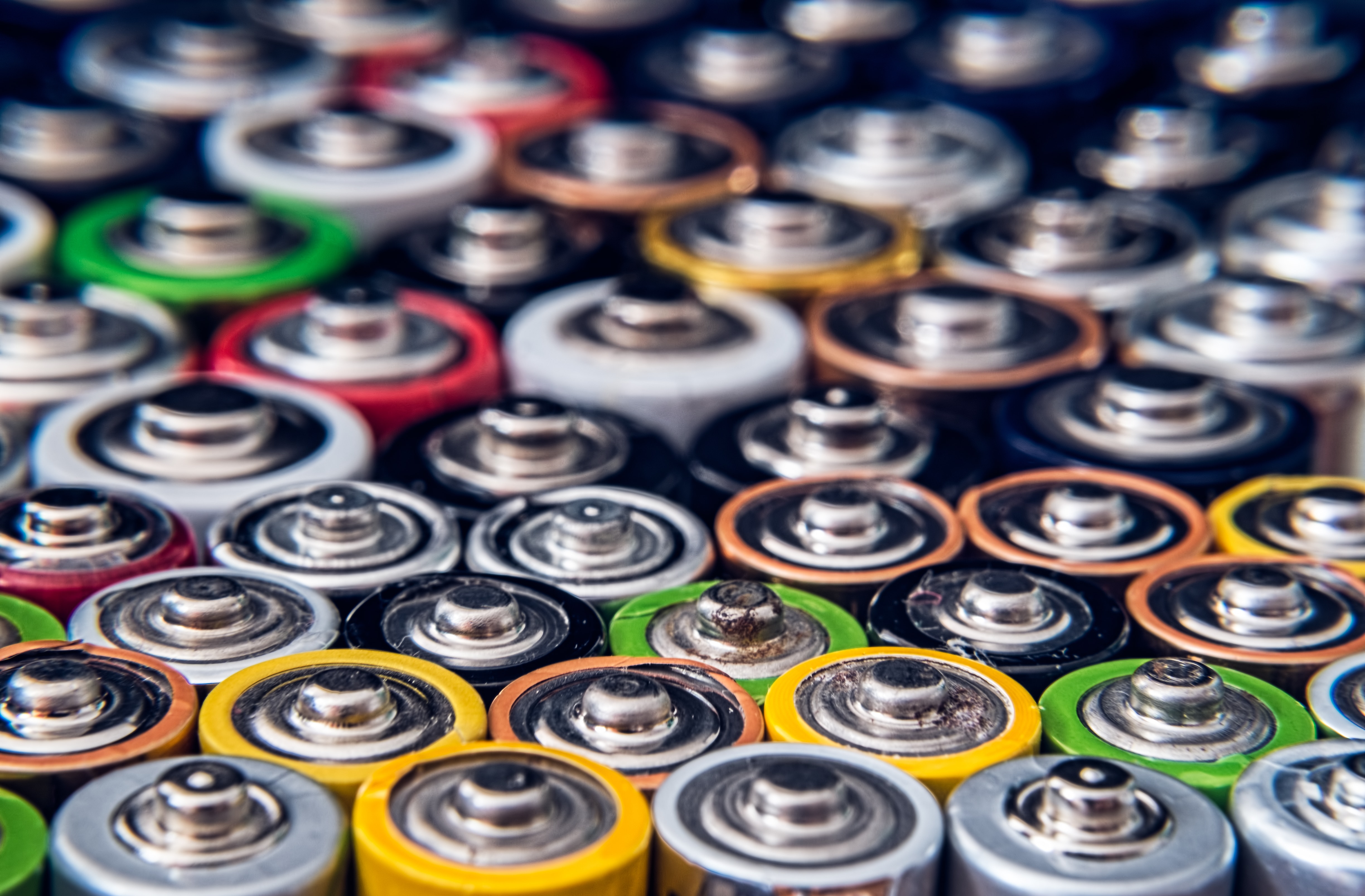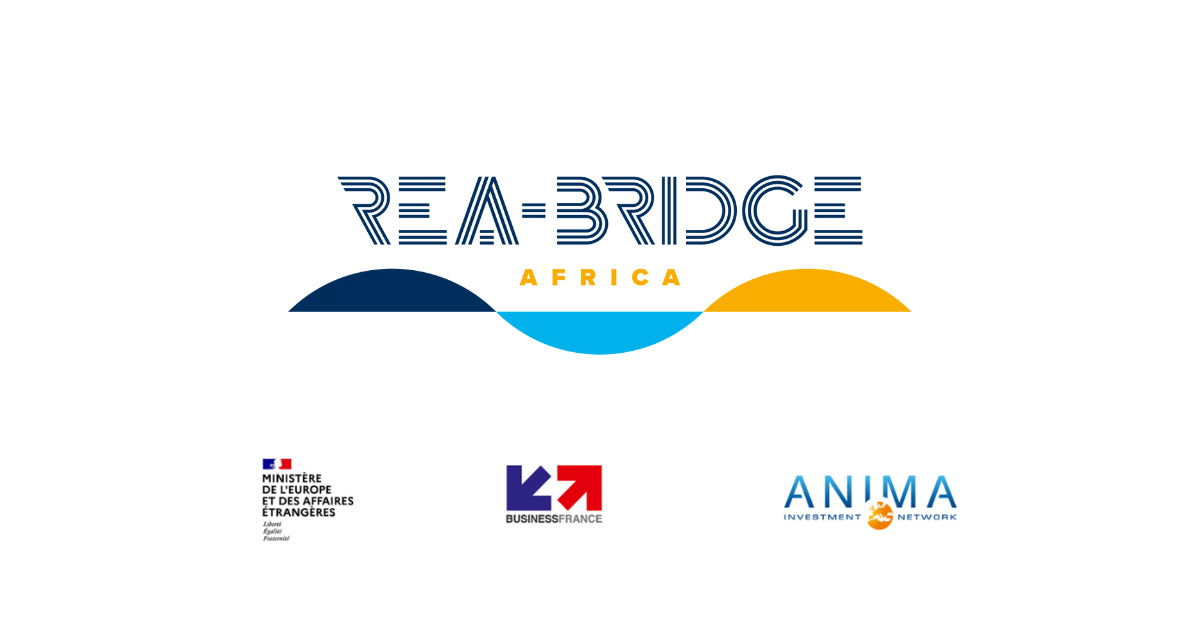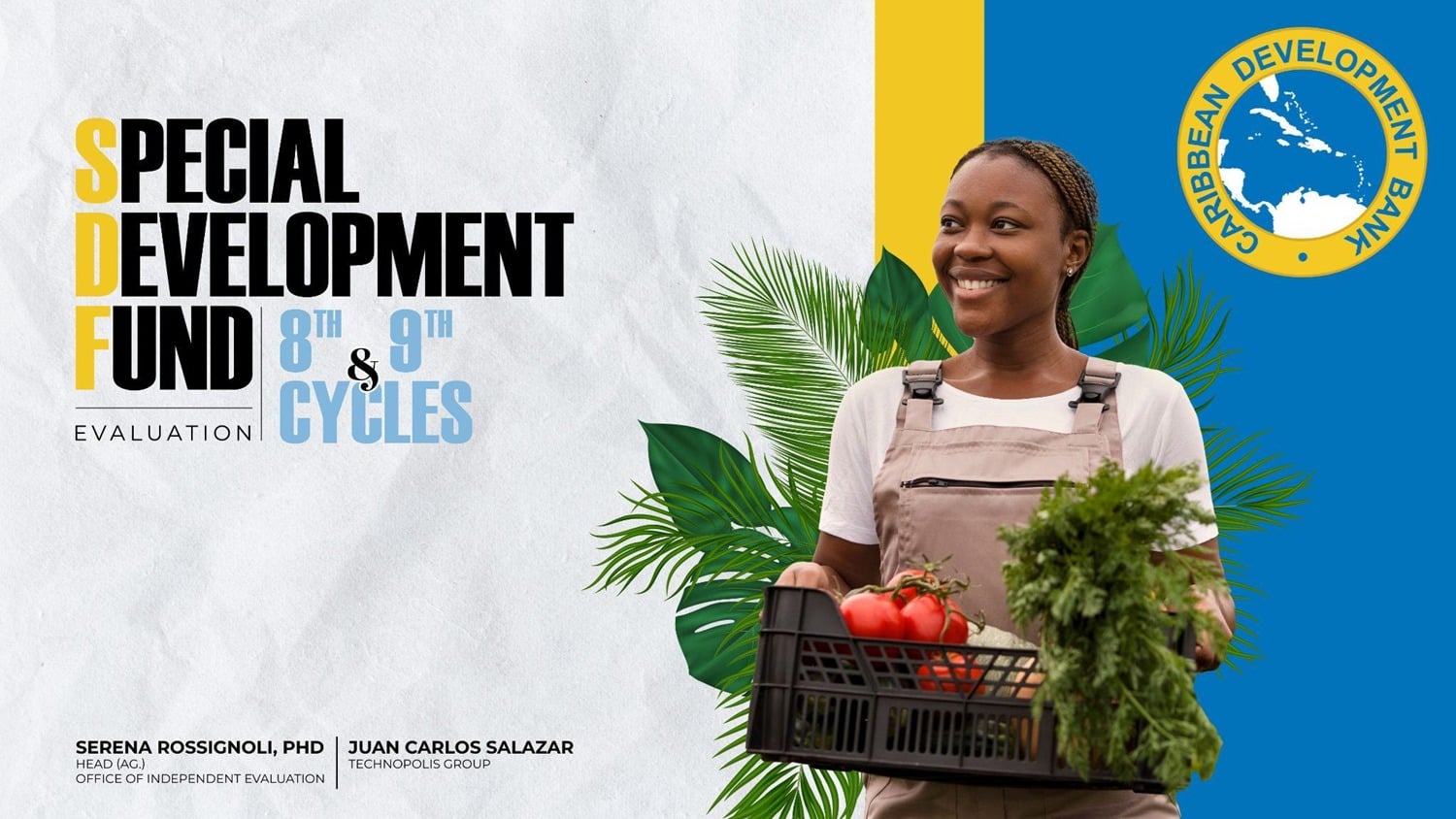Using underutilised resources from another company or sector rather than extracting virgin raw material cuts back emissions, reduces landfills and, in some cases, saves money. So why isn’t it done much more often?
Industrial symbiosis (IS) is by definition “the use by one company or sector of underutilised resources broadly defined (including waste, by-products, residues, energy, water, logistics, capacity, expertise, equipment and materials) from another, with the result of keeping resources in productive use for longer”. In other words, IS enables the use of the spare resources of one company or sector by another. By doing so, fewer resources become abandoned and end up in landfills or incineration. When resources are being reused, remanufactured, or recycled, they are being ‘kept in the loop’ rather than discarded – one of the main principles of the circular economy.
In addition to reducing waste, industrial symbiosis has not only environmental advantages but also a long list of economic and social benefits. A study led by Technopolis Group in 2018 with University College London, International Synergies, Trinomics, and TNO found that European businesses could save up to €72.7b by diverting waste from landfills, and an additional approximately €13b could be generated through transactions of secondary raw materials. The savings would be generated by avoiding landfill fees and selling the excess materials to other companies who can use them as resources instead. Should industrial symbiosis be scaled up significantly in Europe, many new ‘green’ jobs could be created.
CircLean: reducing the obstacles in the loop
At the European policy level, industrial symbiosis plays an important role in the European Commission’s Circular Economy Action Plan which groups 35 different policy initiatives to transition to more sustainable economic practices. The EC’s ambition is to help industrial symbiosis break out of its niche and to develop an EU-wide voluntary network of resource transactions. To foster the uptake of IS by industries, the EC has launched the project CircLean which is currently implemented by a consortium led by Technopolis Group.
The project aims to provide solutions and recommendations to overcome some of IS’s biggest hurdles. One of the main obstacles is the lack of information and knowledge about the opportunities linked to industrial symbiosis. Many industries still don’t know enough about the benefits to be motivated to include IS in their business models. Many Member States haven’t yet introduced financial and legislative incentives to start valuing waste, like sufficient taxes on landfill and incineration or even a landfill ban. Another hurdle is the absence of an EU-wide marketplace for secondary materials.
To tackle the latter, CircLean is developing a digital matching platform on which businesses having joined the CircLean Network can buy and sell secondary raw materials. Another online tool will allow the members of the network to self-assess their readiness to engage in industrial symbiosis transactions. CircLean is also creating and piloting a common monitoring and reporting methodology to measure and report on impacts of industrial symbiosis transactions to showcase their economic benefits and to convince more businesses to take part. Last, but not least, under the upcoming CircLean Label, companies can get EU-wide recognition for their industrial symbiosis activities.
Redefining waste to make industrial symbiosis thrive
Beyond CircLean, Technopolis Group has carried out extensive work in the field of IS and circular economy in recent years and is still developing actionable policy recommendations for the uptake of IS and circularity. One of them is linked to the review of the Waste Framework Directive which defines waste and sets the guidelines for its management.
When it comes to defining hazardous substances, Member States are bound to minimum standards introduced by the EU framework. However, every national government is free to go beyond these criteria and label additional materials as dangerous which excludes them from being commercialised as secondary resources. What is done with good intentions can quickly force these substances to be discarded and generate bills for hazardous waste disposal, instead of being kept in the loop, valorised, and reused by other companies. This lack of harmonisation is an important legislative hurdle to overcome to make industrial symbiosis thrive in the EU.
Regardless of the challenges ahead, IS has undoubtedly great potential to make a significant contribution to a climate-neutral world. Technopolis Group is striving to continue its work in this field and be agents of change for our clients, conducting different kinds of evaluations, including impact assessments, generating and disseminating knowledge, or running stakeholder platforms. By doing so, we hope that European businesses who adopt greener practices, like industrial symbiosis, soon no longer feel like pioneers but that the green transition is a global reality.




